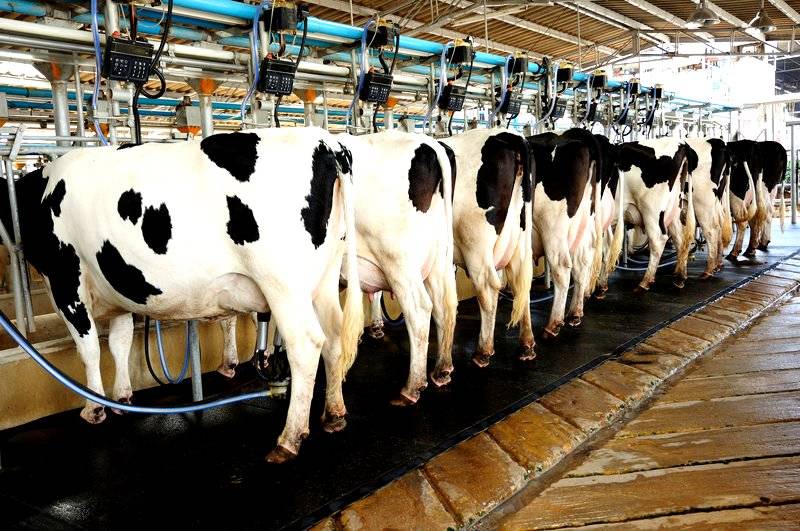
The Jammu and Kashmir government is working on several dairy development schemes to boost the rural economy and improve livelihoods, with the goal of doubling farmers' income by 2022.
According to the official statement, being an agrarian region, the agriculture sector provides 16.18 percent of J&K's GDP, with the dairy sector contributing 35 percent.
Dairy is one of the most significant sectors, and the great majority of people living in rural regions rely on dairy and livestock for a living. As a result, boosting the dairy sector's position in J&K is directly related to improving people's socioeconomic conditions.
Since the launch of 'Operation Flood' in 1970, which transformed India from a milk-deficient nation to the world's greatest milk producer, the White Revolution has gained traction across the country and J&K is also marching on the path.
The majority of dairy farmers in J&K are smallholders with only 2 - 3 animals, while the UT produces 70 lakh liters of milk per day.
To boost production, the production government has launched many schemes, such as the dairy entrepreneurship development scheme (DEDS), which focuses on the establishment of small dairy farms.
In addition, as a special package for Jammu and Kashmir, 15000 dairy units of two cows each would be distributed under this scheme.
The government is also focusing on cooperatives, which helps to make milk production profitable. Jammu and Kashmir milk producers cooperative limited (JKMPCL) is also working to increase milk production capacity from 50,000 LPD to 3 lakh LPD.
Another scheme is the Integrated Dairy Development Scheme (IDDS), which not only provides financial assistance but also supports dairy producers by providing milking machines, bulk milk cooling units at 50% subsidy, paneer making machine, khoya making machine, dahi making machine, cream separator, ice cream making machine, butter and ghee making machine, milk van, milk ATM, and DG Set.
















